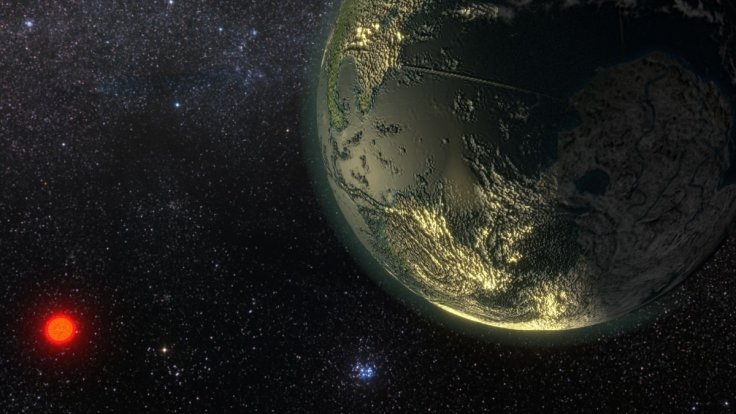
A team of scientists was able to spot evidence of a violent collision between two exoplanets that only happened recently. They believe the remnants of the collision would lead to the formation of a new planet, similar to how the Moon was formed after Earth got hit by a Mars-sized object.
Using NASA and the German Aerospace Center's Stratospheric Observatory for Infrared Astronomy (SOFIA), which is a powerful telescope mounted on an airplane, the scientists were able to observe a distant double star system known as BD +20 307. According to the scientists, this system is situated about 300 light-years from Earth.
Based on their observations, the scientists noted that the system is already very old. In fact, most of its stars are already about a billion years old. However, despite the system's age, the dust debris swirling within it is still warm, which strongly suggests that it was produced by a massive impact that happened recently.

Through recent observations, the scientists noticed that the amount of warm dust debris within the system increased by 10 percent within a span of a decade. This led the scientists to conclude that a violent collision between two massive exoplanets occurred in the system recently. The study conducted by the scientist regarding the collision in the BD +20 307 system was published in The Astrophysical Journal.
"The warm dust around BD +20 307 gives us a glimpse into what catastrophic impacts between rocky exoplanets might be like," lead astronomer Maggie Thompson of the University of California said in a statement released by NASA. "We want to know how this system subsequently evolves after the extreme impact."
As explained by the scientists, spotting signs of a major collision in space can provide helpful information regarding the process involved in the formation of planets and other large cosmic objects. This is because when two cosmic objects collide, the dust particles produced by the impact get pulled by a nearby star's gravitational force.
As the dust particles get drawn together, they form clumps. Eventually, these clumps grow larger over time until they transform into a massive cosmic body such as an exoplanet. Scientists believe that this was the exact same process that led to the formation of the Moon. They believe that about 4.5 billion years ago, an object as big as Mars hit Earth. The debris from the impact eventually became the Moon.









